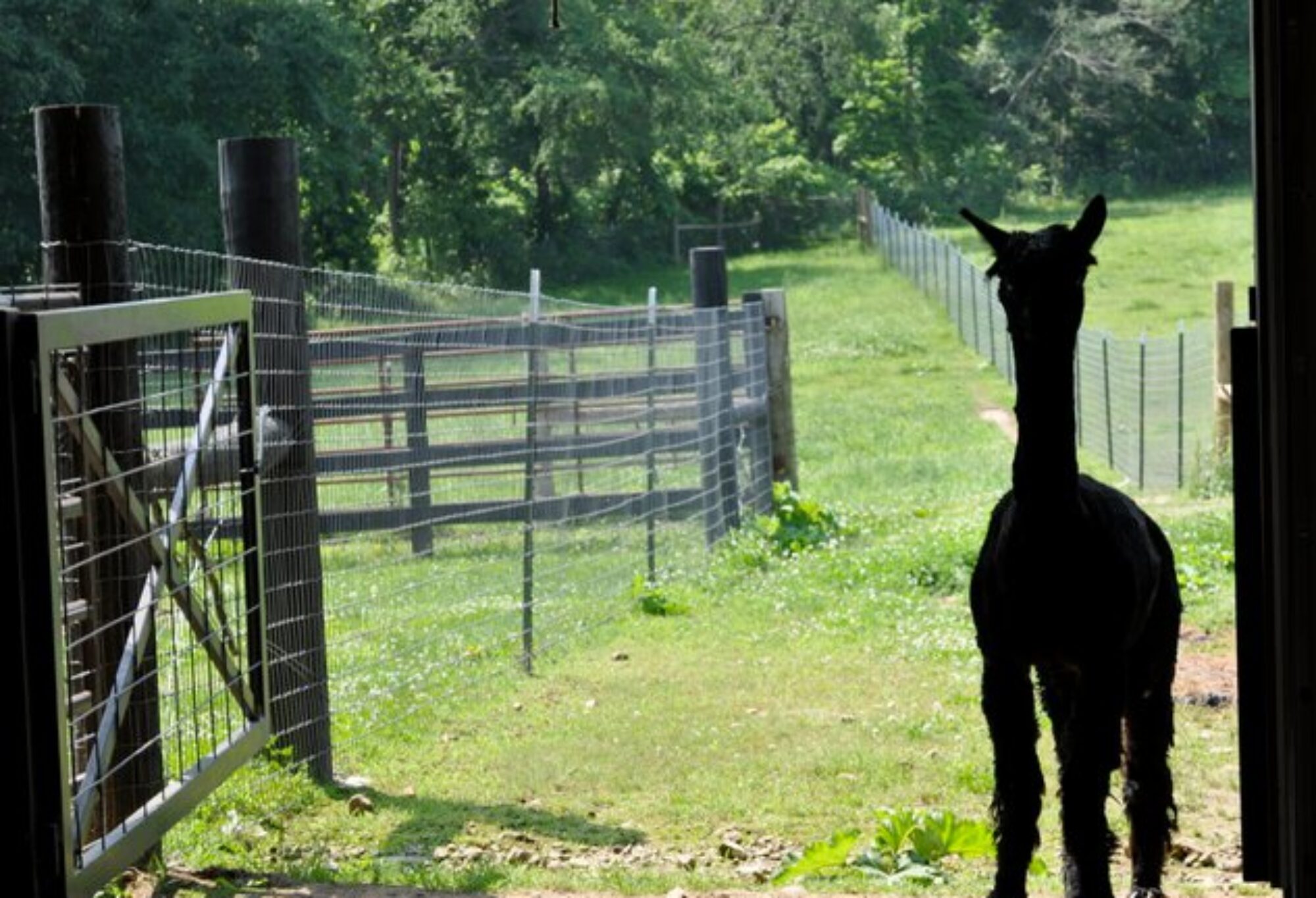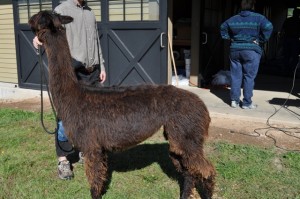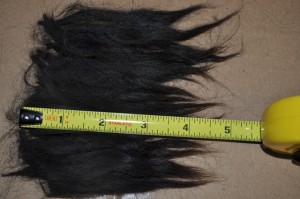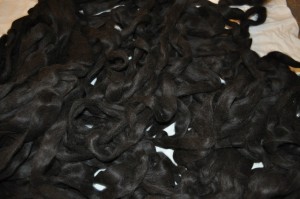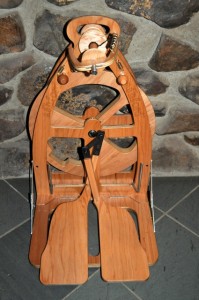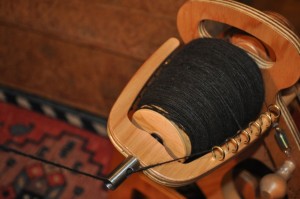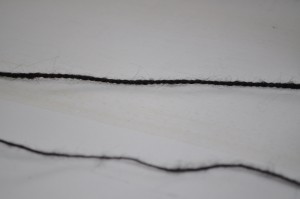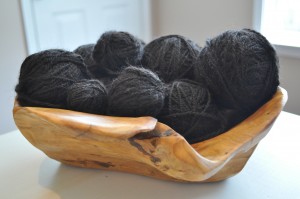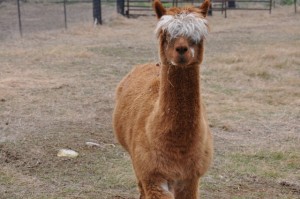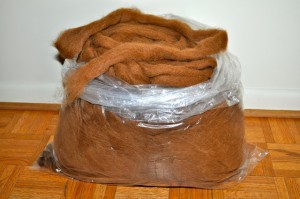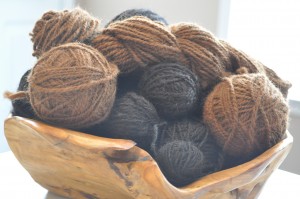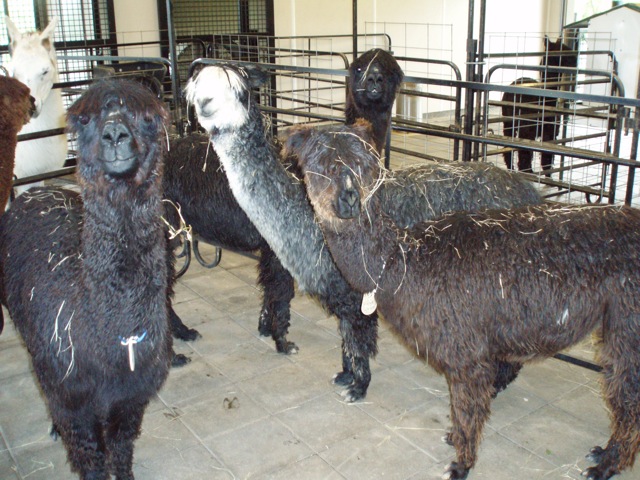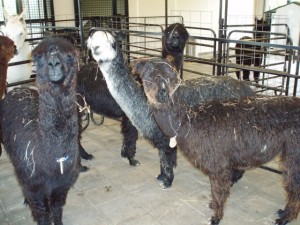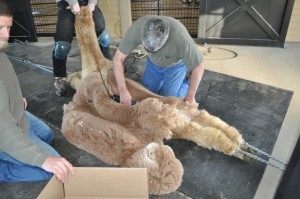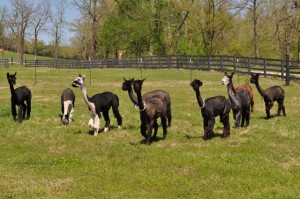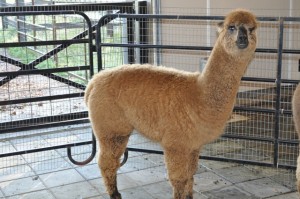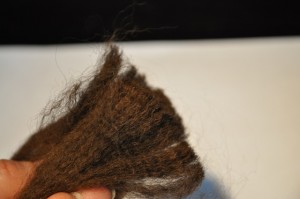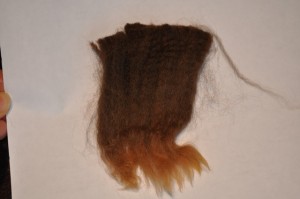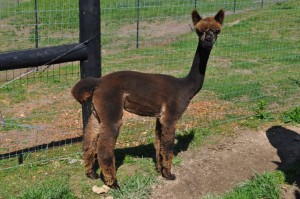War Eagle Creek Farms Assistant Farm Manager
We are looking for an assistant farm manager to assist Farm Manager with daily operational tasks, including a focus on horticultural tasks such as gardening, landscape and orchard maintenance, mowing and weed eating, etc., with a willingness to increase overall farm operational knowledge over time.
Hours: This can be a full-time salaried position, or this can be a part-time position with large sections of dedicated time onsite.
Tasks
- Assistance will also be needed in animal oversight, including cattle, llamas, alpacas, chickens, cats and dogs.
- Assistant Farm Manager will work as interim Farm Manager in absence of
- Farm Manager, which will include occasional overall farm oversight on weekdays and weekends.
- Assistant Farm Manager must have reliable daily transportation
- Assistant Farm Manager is expected to arrive and work on farm property
- Monday-Friday from 9am-5:00pm and additional seasonal hours and weekends as assigned by Farm Manager.
- Increased work hours will be expected during calving season, haying season, shearing season and as assigned by Farm Manager.
- Past the probation period of this job, more tasks and jobs may be assigned determined by the Farm Manager.
- This position will be paid a starting salary of $34,000 annually, for a six-month
- probation period. Final salary will be negotiated after that time. Hourly work can be negotiated once duties are assigned.
Job requirements
- College degree is preferred.
- Agricultural degree is recommended.
- Interest and past history in horticulture is ideal.
- Reliable daily transportation.
- Valid driver’s license.
- Background check and credit checks as well as a drug test will be required before hiring.
Please click here to send your resume and to get more information.
